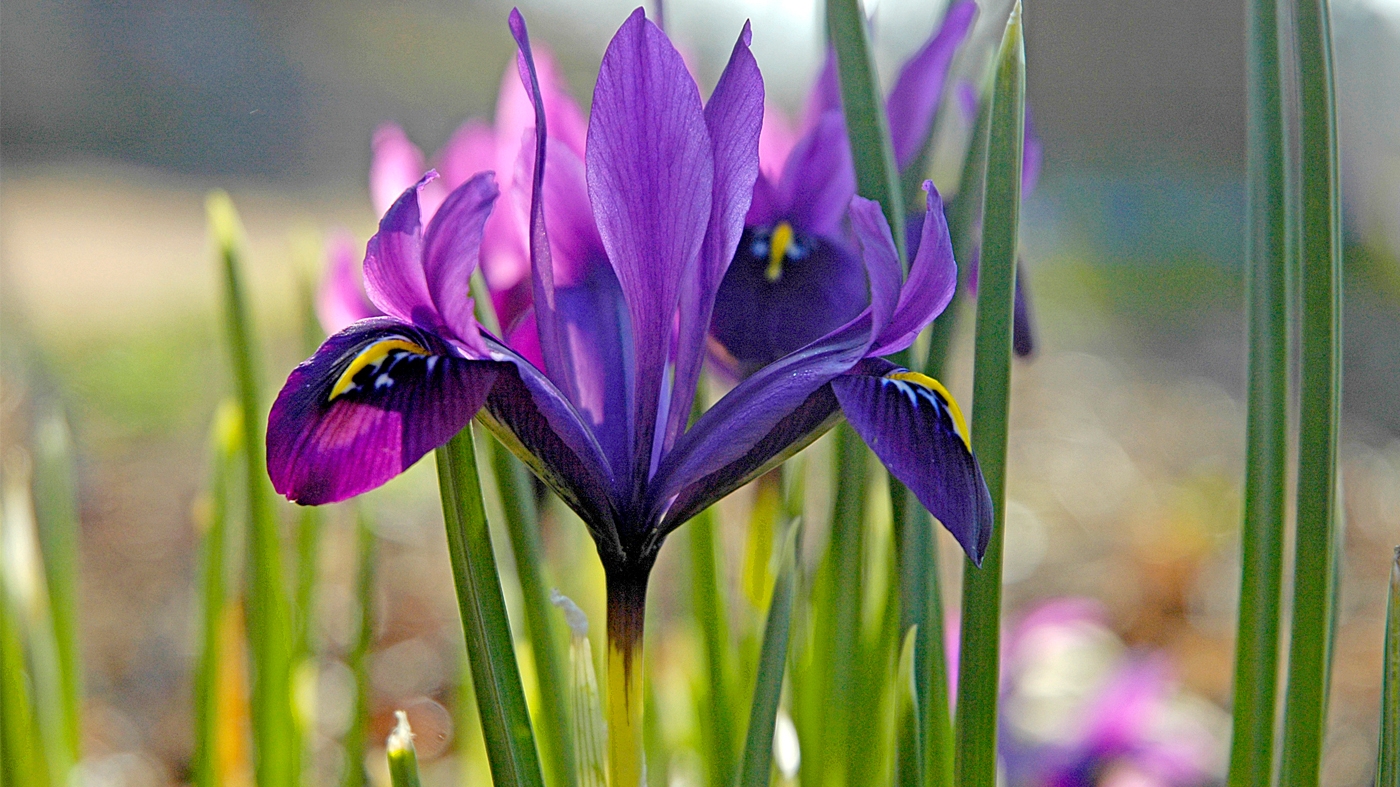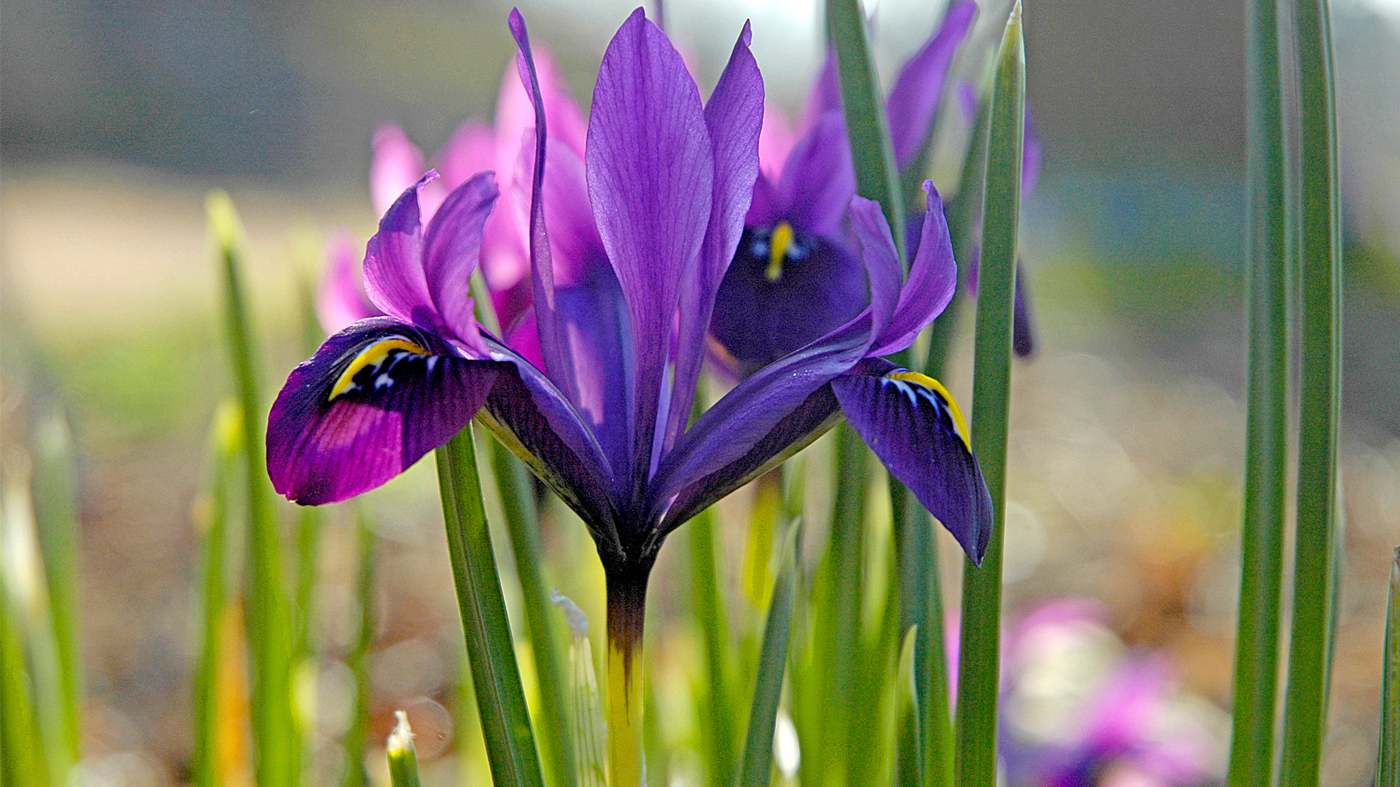
42.14714432, -87.78878784
42.14733887, -87.78839874
42.14751053, -87.78916931
42.1475296, -87.78913879
42.14753342, -87.78903198
42.14756012, -87.78907013
42.14756393, -87.78907013
42.14761353, -87.78897095
42.14761734, -87.78900909
42.14789963, -87.79266357
42.14789963, -87.79265594
42.14794922, -87.79266357
42.14798355, -87.79291534
42.14847183, -87.78990936
42.14847946, -87.78991699
42.14902878, -87.79321289
42.14908981, -87.79289246
42.14915848, -87.79277802
42.14916229, -87.79277039
42.14916611, -87.79276276
42.14917374, -87.79273224
42.14917755, -87.79272461
42.14918518, -87.79284668
42.14918518, -87.79272461
42.14920807, -87.79270172
42.14921188, -87.79270172
42.14923096, -87.79263306
42.14923477, -87.79263306
42.14923859, -87.79263306
42.14923859, -87.7926178
42.1492424, -87.79272461
42.1492424, -87.79262543
42.14925766, -87.79273224
42.14926147, -87.79257202
42.14927673, -87.79254913
42.14928055, -87.79243469
42.14928436, -87.79265594
42.14928436, -87.79242706
42.14929581, -87.79238892
42.14929962, -87.79253387
42.14930725, -87.79249573
42.14931107, -87.79240417
42.14932251, -87.79242706
42.14932632, -87.79261017
42.14933777, -87.79256439
42.1493454, -87.79243469
42.14936066, -87.79251862
42.14936447, -87.79252625
42.14936829, -87.79251099
42.1493721, -87.79250336
42.15129089, -87.79024506
42.15129089, -87.79023743
42.15134048, -87.78969574
42.15185165, -87.78979492
Pink Magic Lily
Magic lily (Lycoris squamigera) is a "pass-along" plant with a long history of cultivation in the United States. Originally a native of China, this sterile triploid produces no viable seeds. It saves all of its energy for the production of flowers and additional bulbs. This is one of the indicator species that help archaeologists identify old farmsteads. Depending on how spicy your grandmothers or great aunts were, you may know it by the common names of "surprise lilies" or "naked ladies"—the latter common name referring to the habit of the plant to flower in fall, well after the leaves have died down, bursting as a leafless flower stalk from the soil, apparently overnight.
Rabbits, deer, and other wildlife avoid munching on the leaves of this member of the amaryllis family, since they contain crystalline calcium oxylate molecules that cause delicate mouth and throat tissues to become inflamed and swell. All species in this genus are native to the edges of woodlands in Asia and come in white, yellow, pink, orange, and an almost iridescent turquoise-blue. Interplant magic lily with hostas and other perennials and groundcovers—plants that come up late but produce attractive foliage—to cover the base of the bare stems.





